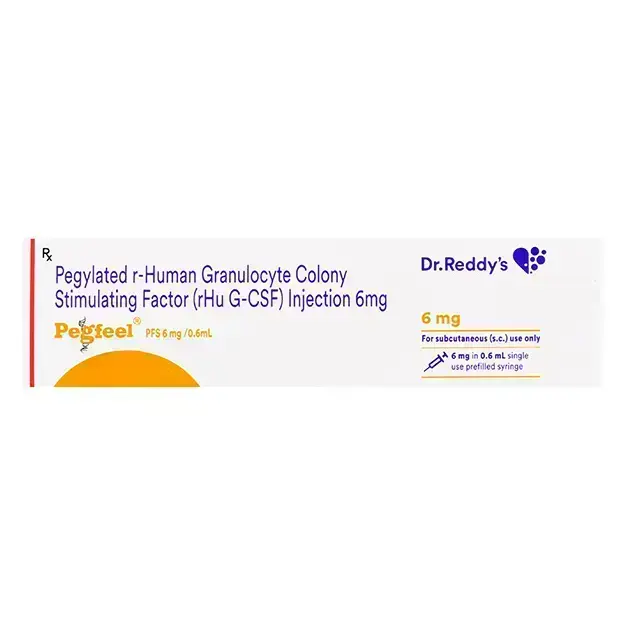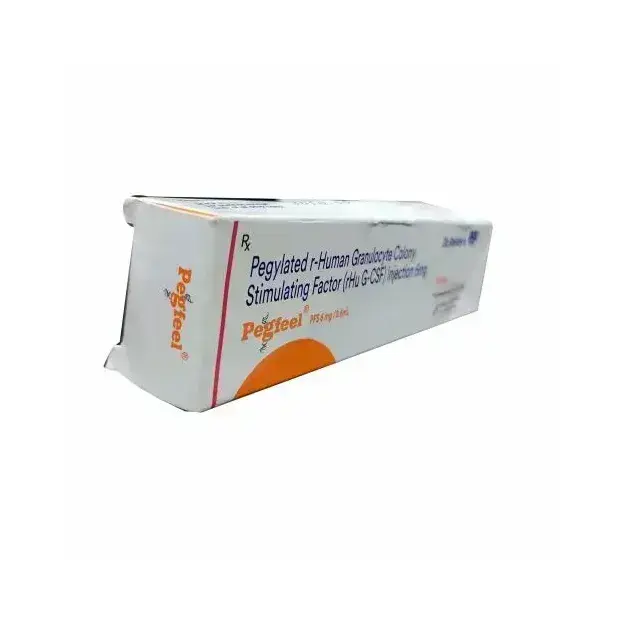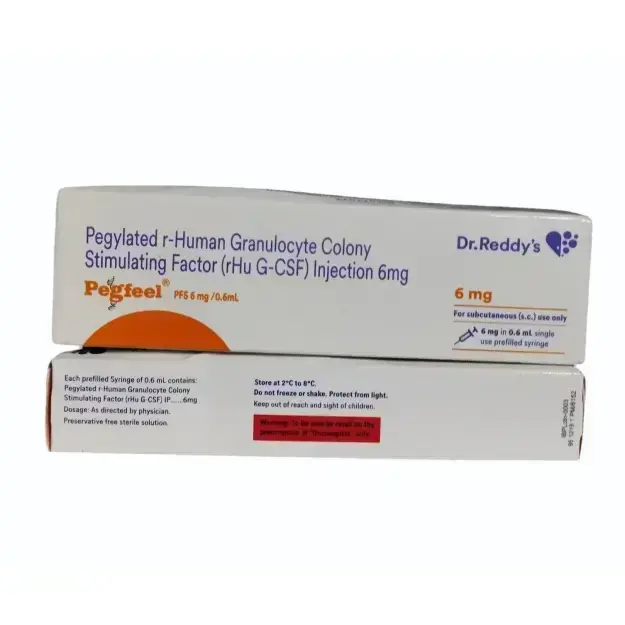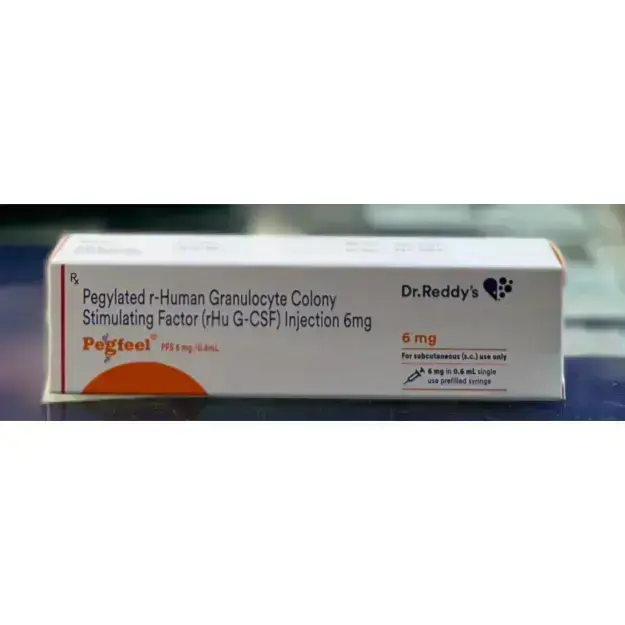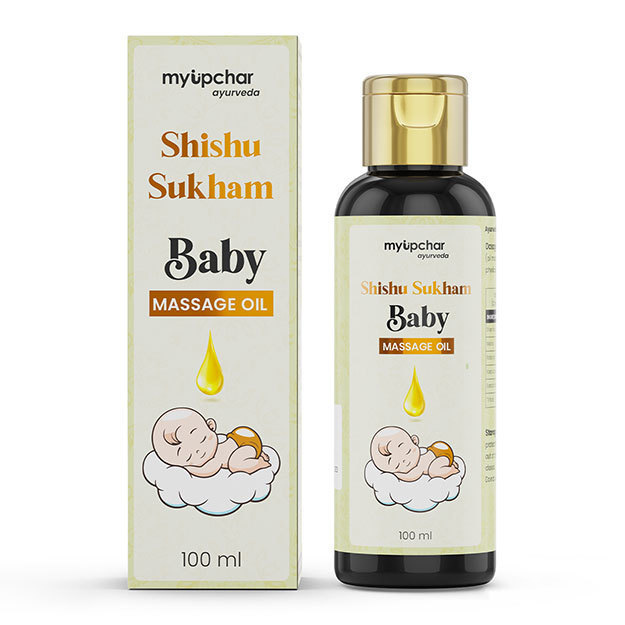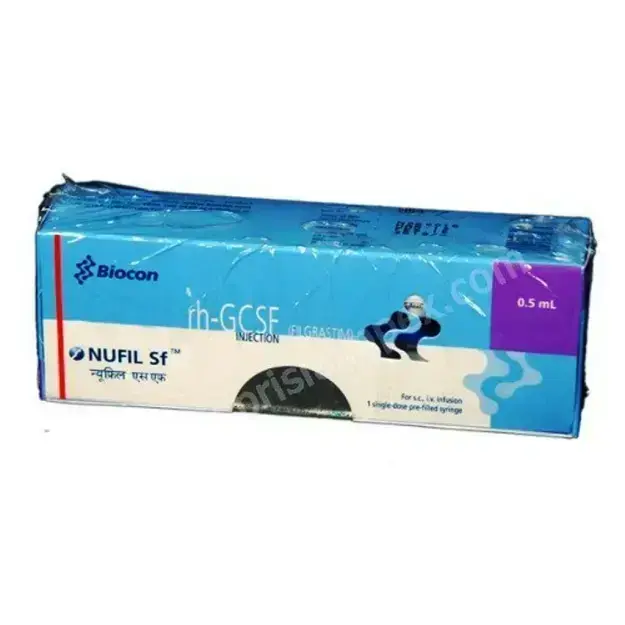Pegfeel is a brand name for Pegfilgrastim, a pegylated long-acting form of granulocyte colony-stimulating factor (G-CSF). It is primarily used to stimulate the production of neutrophils (a type of white blood cell essential for fighting infections) in patients undergoing chemotherapy or other treatments that suppress bone marrow activity. Pegfeel has been developed to improve patient compliance and reduce the frequency of dosing compared to the short-acting form of G-CSF, Filgrastim.
Medical Uses
1. Prevention of Chemotherapy-Induced Neutropenia (CIN):
- Pegfeel is used as a supportive therapy to prevent neutropenia, a condition characterized by low levels of neutrophils, which commonly occurs as a side effect of chemotherapy.
- By increasing neutrophil counts, Pegfeel reduces the risk of infections in patients receiving myelosuppressive chemotherapy.
2. Febrile Neutropenia Prophylaxis:
- Pegfeel helps reduce the risk of febrile neutropenia, a serious complication involving fever and infections in patients with chemotherapy-induced neutropenia.
3. Stem Cell Mobilization:
- In certain cases, Pegfeel is used to mobilize hematopoietic stem cells in preparation for autologous or allogeneic stem cell transplants.
Mechanism of Action
Pegfeel (Pegfilgrastim) mimics the function of natural human granulocyte colony-stimulating factor (G-CSF). It acts on the bone marrow to stimulate the production, proliferation, and activation of neutrophils.
Binding to G-CSF Receptors:
- Pegfilgrastim binds to specific G-CSF receptors on hematopoietic precursor cells in the bone marrow.
- This binding promotes the proliferation, differentiation, and activation of neutrophil precursor cells.
Prolonged Activity via Pegylation:
- Pegfilgrastim is modified by attaching a polyethylene glycol (PEG) molecule to increase its half-life.
- Pegylation reduces renal clearance, allowing the drug to stay active in the body for a longer time compared to non-pegylated G-CSF (Filgrastim).
Self-Regulated Clearance:
- Pegfilgrastim is metabolized by neutrophils. As neutrophil levels rise, the drug is cleared from the system faster, ensuring its action is self-regulated.
Pegfeel (Pegfilgrastim) is a significant advancement in oncology supportive care. Its extended half-life and single-dose regimen offer unparalleled convenience and efficacy in preventing chemotherapy-induced neutropenia. While generally well-tolerated, close monitoring is essential to manage rare but serious adverse effects. With its ability to enhance treatment outcomes and improve patient compliance, Pegfeel is a critical component of modern cancer care.
Advantages of Pegfeel Over Filgrastim
Extended Half-Life:
- Pegfeel requires only a single dose per chemotherapy cycle, whereas Filgrastim requires daily injections.
Improved Patient Compliance:
- With fewer injections, Pegfeel ensures better adherence to the treatment regimen.
Comparable Efficacy:
- Pegfeel is as effective, or in some cases more effective, than Filgrastim in reducing the incidence and severity of chemotherapy-induced neutropenia.
Reduced Burden on Healthcare Resources:
- Pegfeel's single-dose regimen minimizes the need for frequent hospital visits, reducing the burden on both patients and healthcare providers.
Pharmacokinetics
Absorption and Distribution:
- Pegfeel is administered via subcutaneous injection, where it is slowly absorbed into systemic circulation.
Half-Life:
- The half-life of Pegfeel is 15-80 hours, depending on neutrophil counts. Higher neutrophil levels result in faster clearance.
Metabolism and Excretion:
- Pegfilgrastim is metabolized primarily by neutrophils, and its degraded products are cleared through natural metabolic pathways.
Administration and Dosage
Formulation:
- Pegfeel is available as a single-use prefilled syringe for subcutaneous injection.
Dosage:
- The standard dose is 6 mg, administered once per chemotherapy cycle.
- Pegfeel is typically given 24-72 hours after chemotherapy to allow cytotoxic agents to clear from the body.
Special Populations:
- Pediatric Patients: Dose is weight-based.
- Elderly Patients: No specific dose adjustment is required.
Contraindications
- Known hypersensitivity to Pegfilgrastim, Filgrastim, or any of the drug’s excipients.
- Patients with a history of severe allergic reactions to G-CSF products.
Precautions
Splenic Rupture:
- Rare but serious cases of splenic rupture have been reported. Symptoms include sudden left upper abdominal pain or referred pain to the shoulder.
Acute Respiratory Distress Syndrome (ARDS):
- Rare pulmonary complications, including ARDS, may occur. Symptoms include shortness of breath, fever, and hypoxia.
Bone Pain:
- One of the most common side effects, generally mild to moderate and manageable with analgesics.
Leukocytosis:
- Excessive elevation of white blood cell counts may occur, though it is typically asymptomatic.
Capillary Leak Syndrome:
- Symptoms include hypotension, hypoalbuminemia, and edema. Immediate medical attention is required.
Adverse Effects
Common Side Effects:
- Bone pain
- Injection site reactions (redness, swelling, or itching)
- Fatigue
- Nausea
- Headache
Serious Adverse Effects:
- Splenic rupture
- ARDS
- Severe allergic reactions (e.g., anaphylaxis)
- Capillary leak syndrome
Drug Interactions
Myelosuppressive Chemotherapy:
- Pegfeel should not be administered within 14 days before or 24 hours after chemotherapy to avoid overlapping toxicities.
Radiation Therapy:
- May increase the risk of pulmonary toxicity.
Lithium:
- Co-administration with lithium may enhance the release of neutrophils, though the clinical significance is uncertain.
X

